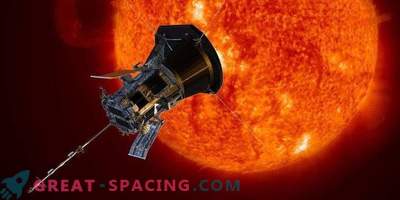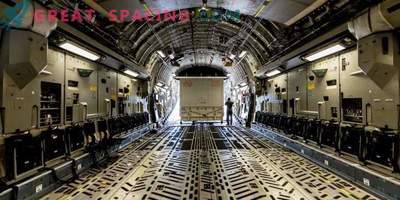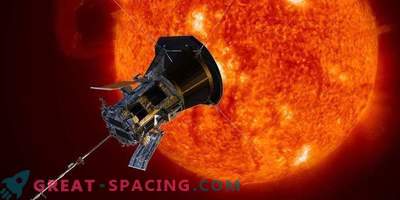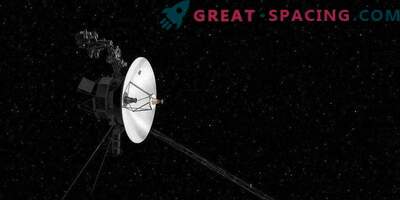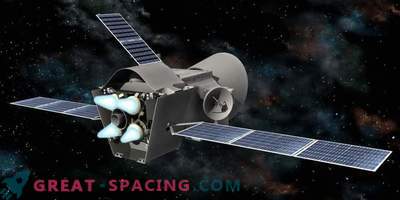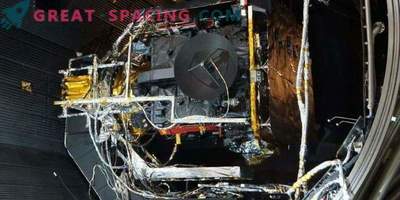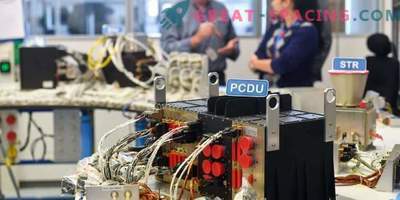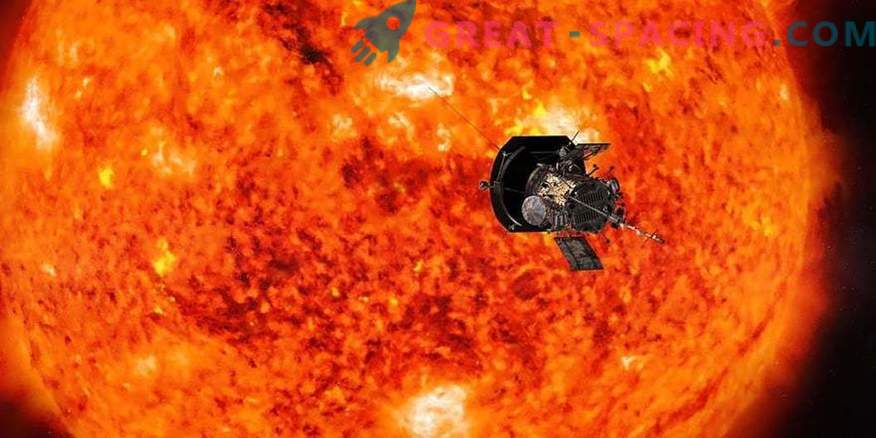
On November 5, one of the newest spacecraft of mankind passed through a painful ordeal, flying at a distance of 24 million km from the surface of the Sun. This is NASA Parker's amazing sun probe, which started in August. His mission seems daring - to explore the main star of the solar system, to which we owe our own lives. For this, the ship will make 24 close spans around the Sun, the first of which reaches perihelion.
Now scientists can not interfere in his work and the device can be perceived as an independent ship. The bottom line is that the Sun is a powerful source of radio wave light, drowning out the connection of the spacecraft with the Earth.
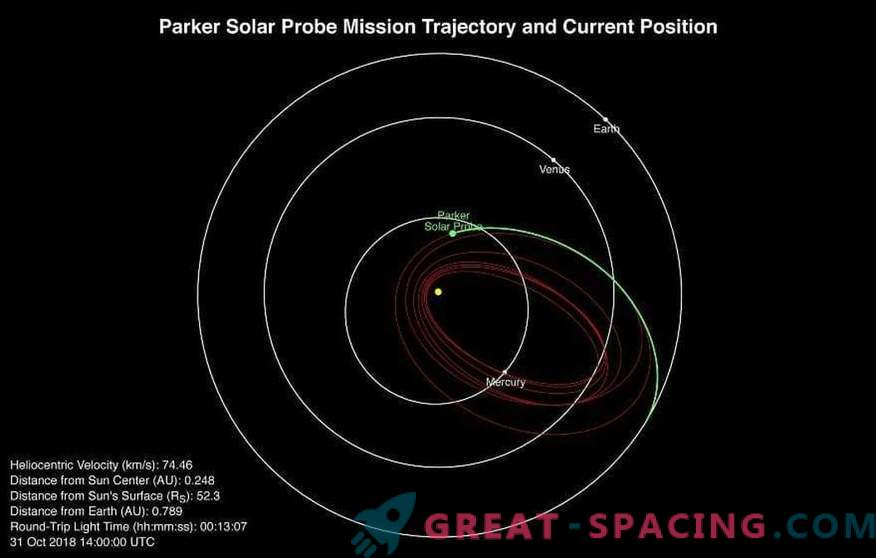
The orbital progress chart of the NASA Parker probe for today and the planned path of the spacecraft
The spacecraft is not only responsible for independent measurements during this period, but also has to protect itself from the aggressive heat of the sun. To do this, he will have to constantly bend down to keep his protective screen between the star and the instruments. Parker's first report to Earth will be an audible signal. The device has a collection of 4 different options, one of which means “everything is in order”. As soon as the engineers hear the first beep, they will have a better idea of what to expect from the first group of scientific data that will arrive in December. By that time, the spacecraft will already be preparing for the next orbit. In 2019, it will reach two more points of perihelion (in April and September). Then in December 2020, he will perform the second of seven spans of Venus. During the maneuver on November 6, the ship flew at a speed of 343,000 km / h.
The cost of the Parker probe mission is $ 1.5 billion, and its duration should take 7 years. Each perihelion will allow you to get closer to the Sun, after which the ship will fly up to a distance of 6 million km from the star. At the last perihelion, the speed will reach 700,000 km / h.
